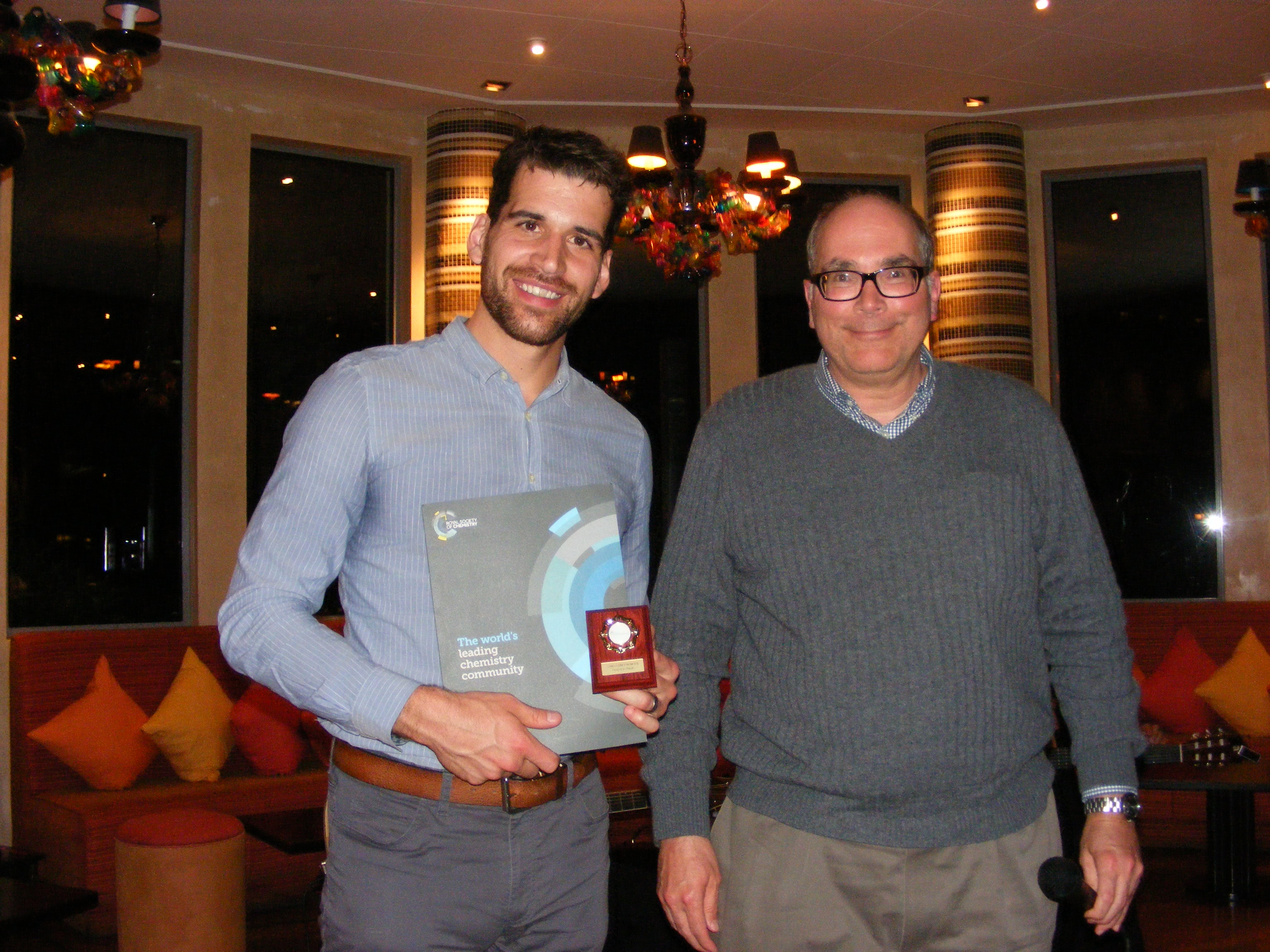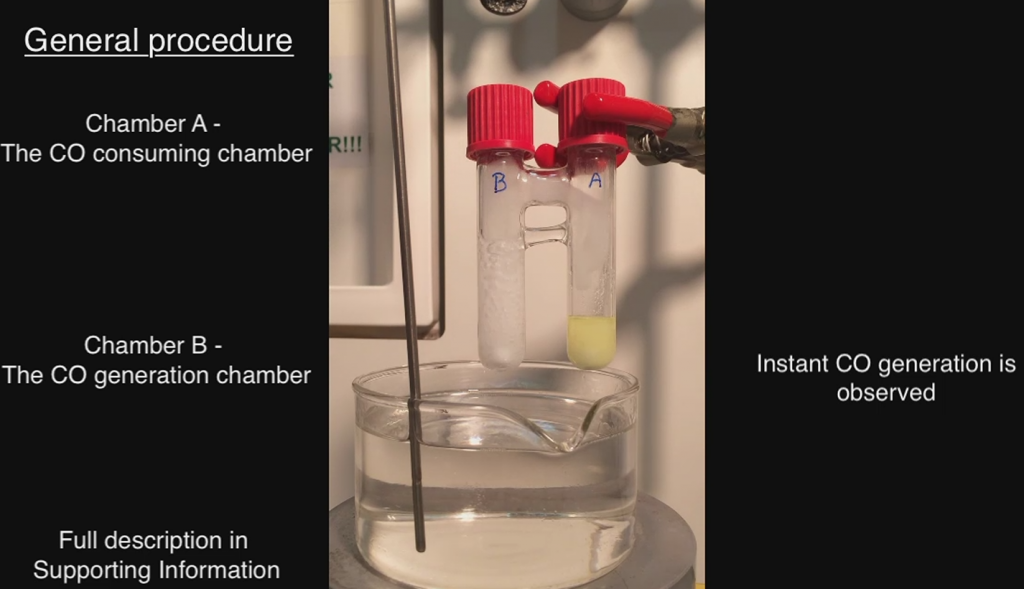European Symposium on Biochemical Engineering Sciences (ESBES) 2016
11-14 September 2016, Dublin, Ireland
ESBES 2016 is shaping up to be an exciting conference with a packed programme of
- plenaries
- invited keynotes
- over 117 presentations in four parallel sessions
- over 100 poster presentations
- pre-conference workshop – QBD Related Modelling and Control Strategies
- Raw Materials Forum
- writing workshop
- BEJ Young Investigator Award
- Jobs Forum – companies can see their employees of the future and students will have the opportunity to share their CV and engage with future employers
Plenary speakers are:
Fujifilm Diosynth Biotechnologies, chief executive officer, Steve Bagshaw, who pose the question of a global bioeconomy and what is our role?
Professor Massimo Morbidelli (Reaction Chemistry & Engineering Advisory Board member) from the Swiss Federal Institute of Technology in Zurich will be highlighting efficiency gains and cost savings in the biopharmaceutical sector.
Professor Lisbeth Olsson, from the department of Biology and Biological Engineering at Chalmers University of Technology, Sweden, will examine current challenges and opportunities associated with designing new processes for a bio-based economy.
View the full programme and register now to secure your place
The editors of the Biochemical Engineering Journal, in cooperation with the ESBES Society, are very pleased to announce the selection of Peter M Tessier as the recipient of the 2016 Award.
Does your organisation want to exhibit? Join exhibitors:
Icenta | HEL | Eppindorf | Broadley James | Irish Power and Process | Bilfinger | m2p-Labs
to raise you profile, brand recognition as well as taking to future purchasing clients, email to sign-up.


















